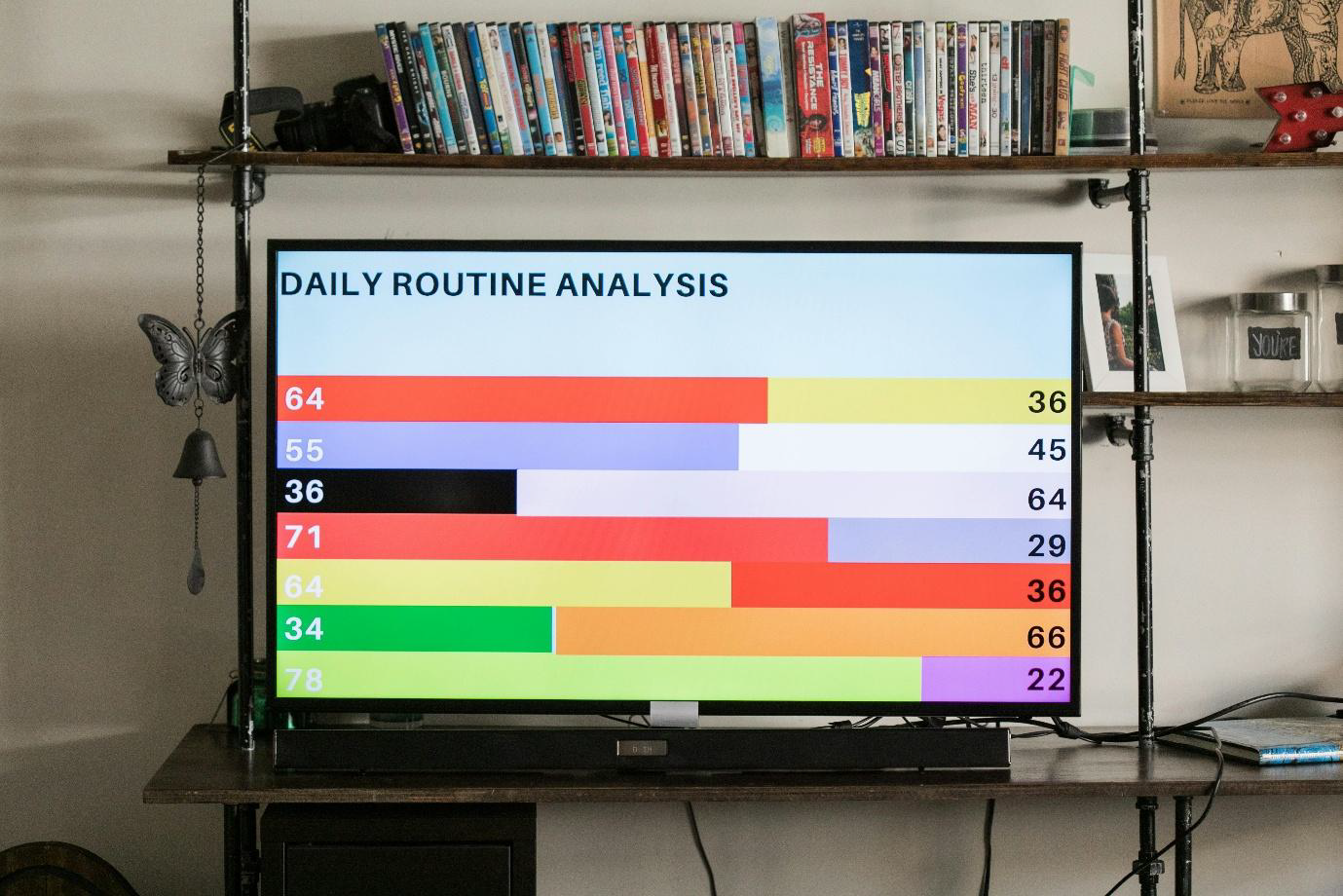Trend analysis is the process of collecting, analysing, and interpreting data to identify patterns or trends over time. In various contexts, such as business, economics, and blogging, trend analysis helps understand how things evolve and predict future developments. The goal is to provide insights into what is likely to happen in the future based on historical or current data.
Key Steps in Trend Analysis:
1. Data Collection: Gathering relevant data is the first step. This can be sales figures, website traffic, social media engagement, customer feedback, or any other metrics that reflect the area you're analysing.
2. Identify Trends: Once data is collected, you look for patterns, regularities, and shifts. Trends can be upward (positive growth), downward (decline), or stable. These trends could be based on:
- Time: Year-over-year, month-over-month, etc.
- Behaviour: Shifts in consumer behaviour, preferences, or actions.
- External Factors: Influences such as economic changes, technological advancements, or social movements.
3. Visualization: Using charts, graphs, or other visualization tools to represent data helps in seeing the trends clearly. Common tools include Excel, Google Sheets, Tableau, etc.
4. Analysis: Examine the trends to determine the underlying causes and implications. For example:
- Growth Trends: Are sales increasing? If so, why? Is it due to seasonality, a new product launch, or effective marketing campaigns?
- Decline Trends: Are there decreasing patterns? Is there a loss of interest, a shift in consumer habits, or external economic factors at play?
- Seasonality: Identifying cycles in consumer behaviour, where specific trends occur at regular intervals (e.g., holidays, sports seasons, etc.).
5. Forecasting: Once patterns are recognized, trend analysis often involves forecasting future outcomes based on those trends. For example, if a blog post about a particular topic is gaining significant traffic, it might be a good indicator that similar content will also attract readers in the future.
6. Actionable Insights: The ultimate goal of trend analysis is to generate insights that lead to decisions or actions. For businesses, this couldmean adapting marketing strategies, adjusting products or services, or refining customer engagement efforts.
Examples of Trend Analysis:
1. Sales Trend Analysis: A business might analyse monthly or quarterly sales to detect patterns such as growth in a particular region or seasonality (higher sales in the holiday months).
2. Social Media Trend Analysis: Analysing hashtags, mentions, and post engagement on platforms like Twitter or Instagram to identify what topics are gaining attention in real-time.
3. Blog Content Trend Analysis: A blogger could track which topics and posts are getting more traffic, comments, and shares over time to identify which topics are becoming more popular or are likely to trend in the future.
4. Market Trend Analysis: In finance, trend analysis might look at stock market data over time to predict upward or downward movements, helping investors make informed decisions.
Types of Trends:
- Short-Term Trends: These are temporary, and typically last for a short period of time, often driven by immediate events or fads (e.g., viral social media challenges).
- Long-Term Trends: These trends evolve slowly over time and have a lasting impact on an industry, market, or behaviour. For example, shifts in consumer preferences toward sustainability.
- Cyclic Trends: These trends repeat at regular intervals (e.g., economic cycles like recessions and booms).
- Seasonal Trends: These trends happen at specific times of the year (e.g., fashion trends in spring/summer, holiday shopping, or tax season).
Tools for Trend Analysis:
- Google Trends: Allows you to explore trending topics and keywords across various regions and timeframes.
- BuzzSumo: Helps identify popular content and trending topics based on social sharing.
- Social Media Analytics: Platforms like Twitter and Instagram provide trend data through hashtags, mentions, and interactions.
- Google Analytics: Helps track website traffic trends, user behaviour, and conversions over time.
- Market Research Tools: Tools like Nielsen, Statista, or Pew Research provide data about industry trends and consumer behaviour.
Benefits of Trend Analysis:
- Informed Decision-Making: Understanding trends helps businesses or individuals make better decisions, whether it's for content creation, marketing, product launches, or business strategy.
- Proactive Strategy: Instead of reacting to changes, trend analysis enables you to anticipate shifts and prepare for them in advance.
- Competitive Advantage: Being ahead of trends allows businesses to capitalize on new opportunities before competitors.
- Keyword Trends: Tracking which search queries are growing in popularity to create content that aligns with what readers are searching for.
- Content Performance: Analysing which blog posts get the most traffic or shares to identify what resonates with the audience.
- Audience Behaviour: Understanding patterns in how readers engage with content over time (e.g., longer reading times, more comments, or increased social media shares).
Author Bios:
1. Dr. M .Senthilkumar, Prof/AD
2. Dr. G. Sumathi, ASP/AD
3. Jayadharani A, II-Year AD
4. Kowsiga Shri P, II-Year AD





Comments
Post a Comment